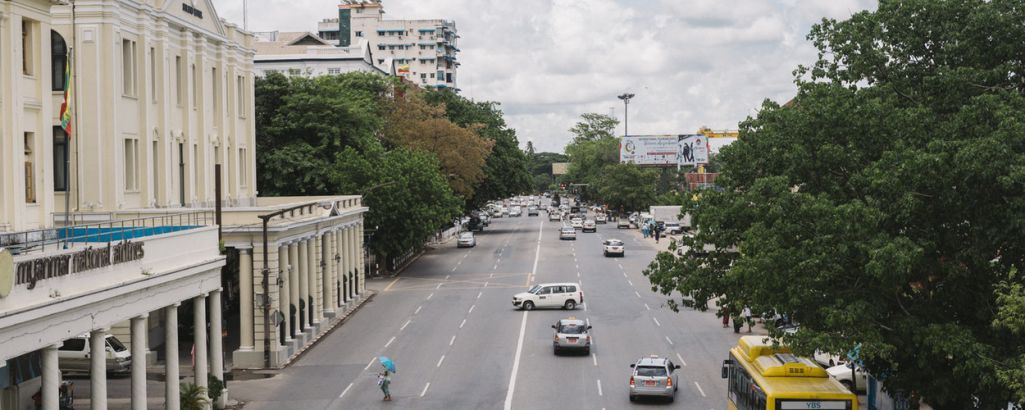After decades of closed economy policies under military rule, the current Myanmar now faces a new chapter in its history. Since the establishment of semi-democratic government in March 2011, Myanmar economy starts to open up with the global trade through several progressive political and economic reforms made by the new government. Foreign business have since then put their interest in the country which hauled as the last economic frontier in Southeast Asia region.
Myanmar's economic development saw another further improvement when the National League for Democracy led by Aung San Suu Kyi has created a new democratic government in March 2016. It reinforces a positive outlook in Myanmar's economic landscape for business across the globe. Since then, rising trade flows and FDI have been experienced by Myanmar. Infrastructure and migration development also led to the rising of urbanization and employment opportunities in Myanmar's major cities, such as Yangon and Mandalay.
Impact of Economic Reforms on Myanmar's Consumer Market
Myanmar has a growing population with 36% of its population is populated by 10-29 age group and followed by the 30-29 age group with 27% of its population. These age groups present a great untapped consumers which companies in Myanmar market should put their focus on. These young population are a growing workforce with an increasing purchasing power due to the increasing employment opportunities.
Burmese economic reforms regarding the development of special economic and industrial zones are also changing the country's consumer market. Massive population movements have been observed as 43.7% of the population seek for employment in the newly established special economic and industrial zones. Consumer market of Myanmar will be geographically concentrated in these places.
The adult population of Myanmar, that are included in 38-52 age group, will have to embrace the change and the fast moving economic development. They will be the biggest beneficiaries of government's rapid economic reform as well as heavy incoming foreign investments. Their high spending power will drive most of Burmese economy in the coming years.
Higher Spending Power Drives Rise in Consumerism
Current Myanmar is still populated with a majority, around 60%, of the population that find their income in the agriculture sector. Only a small portion of the population, around 24%, that earns more than USD 120 per month. However, through current massive economic and manufacturing sectors development, it is predicted that this share will be increasing to 48% by 2022. The improving spending power amongst the population, especially in the urban areas, has led to the rise of modern trade outlets and retail operators in major cities as well as smaller cities such as Mawlamyine, Taunggyi, and Pathein. By the increasing number of this modern store, Burmese population are now experiencing slow transformation of decision making and purchasing processes.
Myanmar's Digital Economy as the Next Stage of Consumerism
The effect of rising consumerism in Myanmar can also be felt in the nation's digital commerce environment. Even though the country only embarked the telecommunication industry less than a decade ago, the smartphone industry has now reached 78% penetration rate. The rising of Myanmar's connectivity and mobile infrastructure is also parallel to the nation's growth of e-commerce sectors.
Smartphone will play an important role in driving Myanmar's digital economy forward, far surpassing the importance of any other electronic devices. In the current early stage of Myanmar e-commerce industry, 85% of the traffic comes from smartphones. Smartphones easily dominate the Burmese market as many of its product from ranging brands come with an attractive price. Therefore, its rise can be seen in the urban areas as well as the rural areas.
Key Drivers for Myanmar's Economic Growth
It is essential to understand that the rising of consumerism is just a small step for Burmese economy to be able grow much further. All business stakeholders should be able to comprehend that there are some key drivers which can help them to achieve long term success and sustainability in this market. Those key drivers being the boost of SME innovation through technological leaps, comprehensive customer education, online and offline market integration, and local manufacturing support during the rising consumerism.






